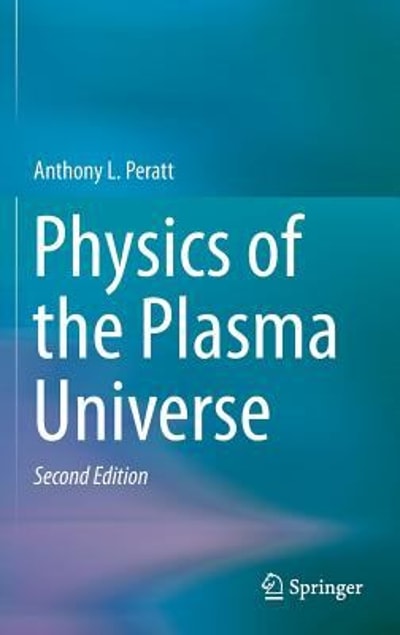Answered step by step
Verified Expert Solution
Question
1 Approved Answer
Simple Harmonic Motion Lab by Angel Appiadu-Manu https://phet.colorado.edu/en/simulation/masses-and-springs Lab Goals: Understand the concepts of simple harmonic motion and spring constant. Obtain time per oscillation from
Simple Harmonic Motion Lab by Angel Appiadu-Manu https://phet.colorado.edu/en/simulation/masses-and-springs Lab Goals: Understand the concepts of simple harmonic motion and spring constant. Obtain time per oscillation from the experiment and determine the spring constant. Theory: When an object is attached to a spring, it is able to oscillate or vibrate back and forth. When an object oscillates back and forth over the same path, each oscillation takes the same about of time; this is what makes a motion periodic. A full oscillation is measured by looking at when a spring returns to the position it started at. During an oscillation, a spring will hit a length call equilibrium position. At this length, there is no force on the mass. F= -kx In the above equation, k represents the spring constant. The spring constant can be thought of as the stiffness of the spring. Therefore, the higher the spring constant the more force will need to be applied to stretch the spring. This stiffness of the spring (spring constant) along with the mass of the object attached to the spring are what determines the period of a simple harmonic oscillator. A period is represented by the variable T and described as the following
Step by Step Solution
There are 3 Steps involved in it
Step: 1

Get Instant Access to Expert-Tailored Solutions
See step-by-step solutions with expert insights and AI powered tools for academic success
Step: 2

Step: 3

Ace Your Homework with AI
Get the answers you need in no time with our AI-driven, step-by-step assistance
Get Started


